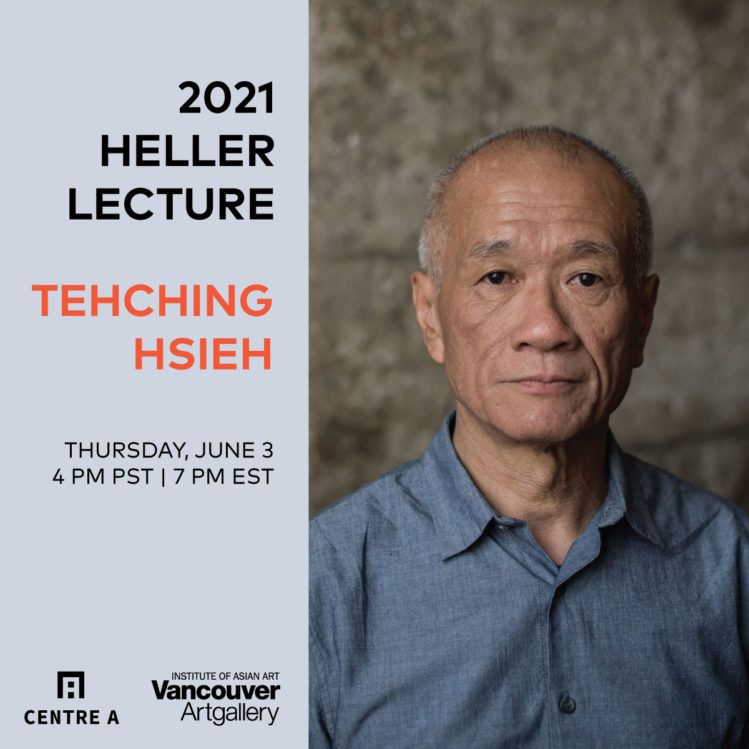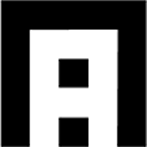
June 3, 2021, 4:00 PM PST / 7:00 PM EST
Register HERE.
Presented in partnership with Centre A, the Vancouver Art Gallery’s 19th Heller Lecture features New York-based, Taiwan-born artist Tehching Hsieh.
How is art sustained over time? How does the body localize agency? These questions guide us in examining the intermingling of discipline and desire on the body and the construction of a performative citizenship.
Connecting his lived experience, Hsieh will discuss his artistic practice, specifically his performance works, and the exertion of the body as a counter-history and site of protest in the context of migrational flows of identity, labour and late capitalism in the twentieth century.
This distinguished lecture is presented in collaboration with Centre A (Vancouver International Centre for Contemporary Asian Art). Hsieh will be in conversation with Henry Heng Lu, Executive Director/Curator, Centre A, and Melissa Karmen Lee, Director of Education and Public Programs, Vancouver Art Gallery.
Simultaneous interpretation from English to Mandarin will be provided.
The Heller Lecture is generously supported by Paul and Edwina Heller in memory of Kitty Heller.
ABOUT THE SPEAKER
Tehching Hsieh was born on December 31, 1950, in Nan-Chou, Taiwan. Hsieh dropped out of high school in 1967, and took up painting. After finishing his compulsory military service (1970–73), Hsieh had his first solo exhibition at the gallery of the American News Bureau in Taiwan. Shortly after, he stopped painting. He made a performance action, Jump, in which he broke both of his ankles. He trained as a seaman, which he then used as a means to enter the United States. In July of 1974, Hsieh finally arrived at a small port near Philadelphia. He was an illegal immigrant in the U.S. for fourteen years until he was granted amnesty in 1988. Between 1978 and 1986, Hsieh made five One Year Performances: the artist spent one year locked inside a cage, one year punching a time clock every hour, one year completely outdoors, one year tied to another person, and, lastly, one year without making, viewing, discussing, reading about, or in any other way participating in art. Hsieh’s final performance piece, Thirteen Year Plan, was completed in 1999 after a process lasting thirteen years. Using long durations—making art and life simultaneous—Hsieh achieved one of the most radical approaches in contemporary art. His first four One Year Performances made Hsieh a regular name in the art scene in New York; the last two pieces, which led to him intentionally retreating from the art world, set a tone of sustained invisibility. Since the early 2000s, released from the restriction of not showing his works during the thirteen-year period, Hsieh has exhibited in North and South America, Asia and Europe. In 2017, he represented Taiwan at the 57th Venice Biennale. Hsieh lives in Brooklyn, New York.
Please email us at [email protected] if you require any assistance.









